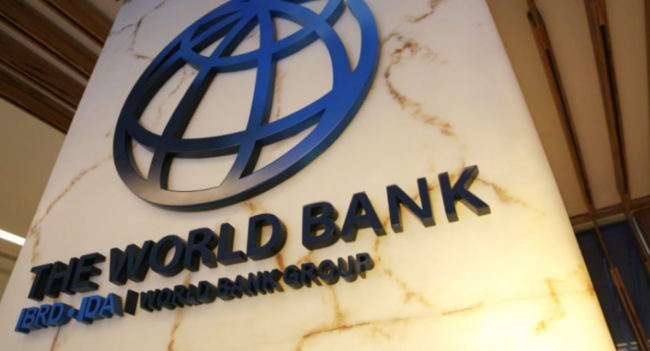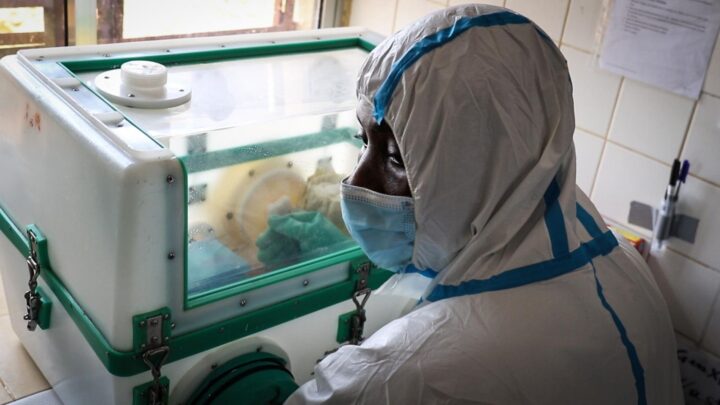The World Bank says eight countries in sub-Saharan Africa are in debt distress, and 14 are at high risk of joining them.
The bank said the countries are part of 38 countries eligible for the International Development Association (IDA) loans. Countries in sub-Saharan Africa include Nigeria, Angola, Kenya, South Africa, Ghana, Chad, Ethiopia and others.
The Washington-based organisation said this in its latest Africa’s Pulse report, released on Tuesday.
Africa’s Pulse is a biannual analysis of the near-term macroeconomic outlook for the region.
Advertisement
It said that African governments spent 16.5 percent of their revenues servicing external debt in 2021, up from less than 5 percent in 2010.
The bank said that debt is projected to stay elevated at 58.6 percent of gross domestic product (GDP) in 2022 in SSA.
“At the same time, high commercial borrowing costs make it difficult for countries to borrow on national and international markets while tightening global financial conditions are weakening currencies and increasing African countries’ external borrowing costs,” the report adds.
Advertisement
The report also said that Sub-Saharan Africa’s economy would grow 3.3 percent this year, down from 4.1 percent in 2021.
It attributed the decline to a slowdown in global growth, including flagging demand from China for commodities produced in Africa.
The World Bank said the war in Ukraine has continued to exacerbate already high inflation and weighing on economic activity by depressing both business investments and household consumption.
It said that as of July 2022, 29 of 33 countries in Sub‐Saharan Africa (SSA) with available information had inflation rates over 5 percent while 17 countries had double-digit inflation.
Advertisement
“Elevated food prices are causing hardships with severe consequences in one of the world’s most food-insecure regions,” the report adds.
“Hunger has sharply increased in SSA in recent years, driven by economic shocks, violence and conflict, and extreme weather.
“More than one in five people in Africa suffer from hunger, and an estimated 140 million people faced acute food insecurity in 2022, up from 120 million people in 2021, according to the Global Report on Food Crises 2022 Mid-Year Update.
“The interconnected crises come at a time when the fiscal space required to mount effective government responses is all but gone.”
Advertisement
Commenting on the report, Andrew Dabalen, World Bank chief economist for Africa, said, “These trends compromise poverty reduction efforts that were already set back by the impact of the COVID-19 pandemic”.
“What is most worrisome is the impact of high food prices on people struggling to feed their families, threatening long-term human development.
Advertisement
“This calls for urgent action from policymakers to restore macro-economic stability and support the poorest households while reorienting their food and agriculture spending to achieve future resilience.”
The World Bank advised African governments to urgently restore macroeconomic stability and protect the poor citizens of their respective countries.
Advertisement
“For example, one dollar invested in agricultural research yields, on average, benefits equivalent to $10, while gains from investments in irrigation are also potentially high in SSA,” the bank said.
“Such reprioritisation maintains spending in a critical sector while raising productivity, building resilience to climate change, and achieving food security for all.
Advertisement
“Creating a better environment for agribusiness and facilitating intra-regional food trade could also increase long-term food security in a region highly dependent on food imports.”






